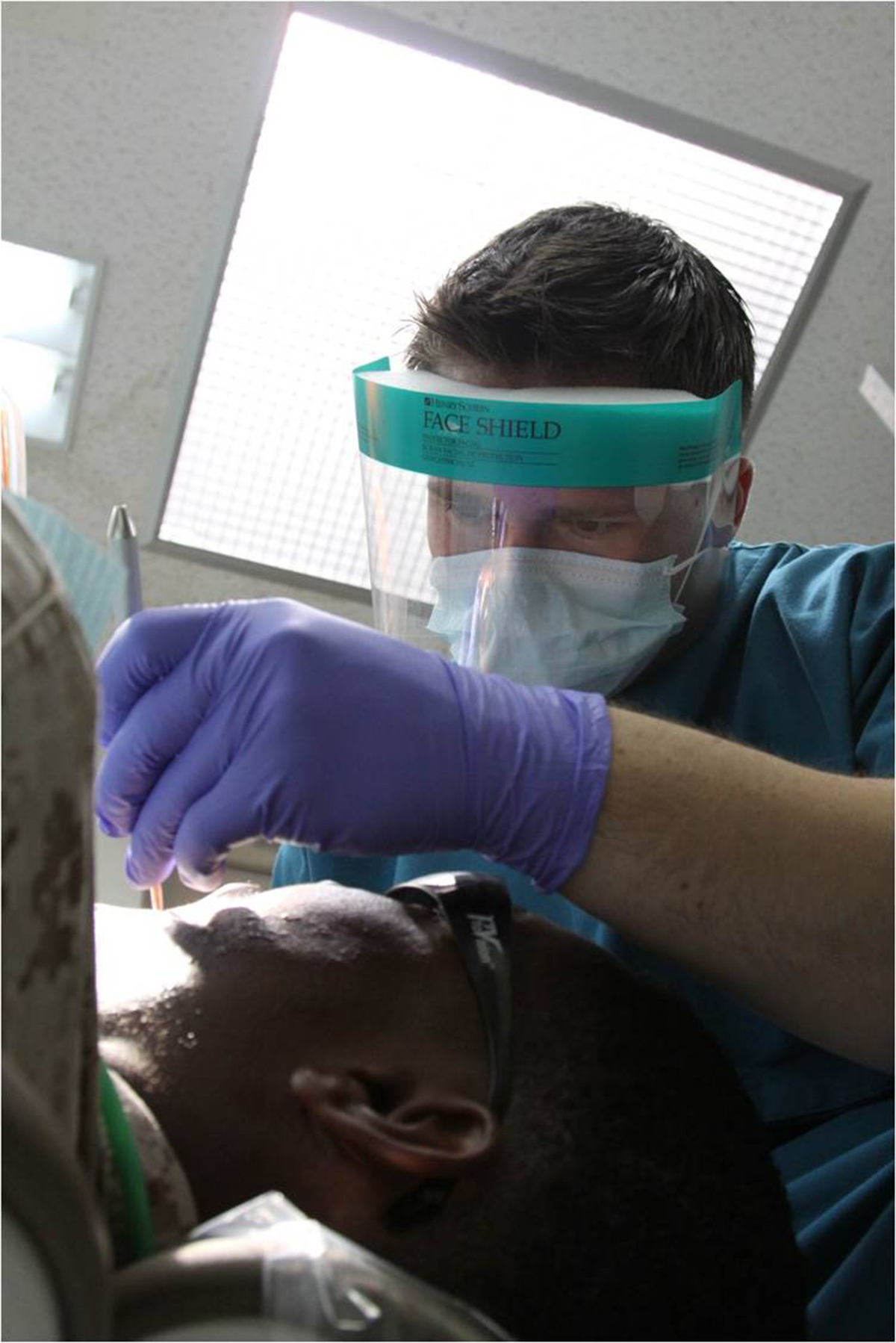
Receding gums, or gingival recession, is a form of disease produced by a bacterial infection that ravishes soft tissue and bone, which connect the teeth to the jawbones. Our body usually heals its receding gums naturally, but if toxic substances are destroying the gums faster than the body can repair them, the problem persists and becomes more dangerous. Gingival recession is an everyday problem affecting adults over 40, and it can first appear during teenage years.
The Most Common Causes of Receding Gums
Constant use of toothpaste and mouthwash will over time dry out the mouth, creating excellent conditions for the spread of bacteria responsible for inflammation and subsequent receding of the gums. The bacteria start to multiply after eating starchy and sugary foods, and they leave a tacky coat over the teeth and gums, which over time hardens and triggers plaque and tartar build-up. A dental professional is able to remove plaque and tartar during regular visits, but the deposit can sometimes be invisible to the naked eye as it can hide right under the gums. As a result, the plaque and tartar build-up will start to separate the gums from the teeth, causing them to shrink, or recede.
Additional causes of receding gums can vary widely, but some of the more common ones include atypical tooth positioning, thin gums, overaggressive or insufficient brushing, periodontal disease, grinding of the teeth, eating disorders, stress, poor nutrition, hormonal imbalance, smoking, dipping tobacco, and piercing in the lip or tongue.
In addition, there are lots of issues associated with oral home care products. Primarily, many of them contain chemicals so harsh that over time create more problems than solutions for our health. For instance, Sodium Lauryl Sulfate, a common ingredient found in toothpaste, is also used in car wash soaps and garage floor cleaners. It is found to disrupt the cell activity in the mouth, and over time may cause cell death, which certainly does not help in gum receding. Also, fluoride is another possibly harmful substance that can damage conjoining tissues in the mouth, speed up the process of receding, and prevent the gums from reattaching to the surface of our teeth. Finally, mouthwash that contains alcohol does in fact kill the bacteria causing receding of the gums, but at the same time dries out the mouth, creating the perfect nurturing terrain for new bacteria.Symptoms of Receding Gums
As receding of the gums is a progressive process it usually goes unnoticed for years. Some of more general symptoms include changes like tooth hypersensitivity and teeth that seems to be longer than usual. Furthermore, the roots become visible, teeth change their color, gaps between the teeth seem bigger, there is the onset of halitosis and so on. If the person is suffering from gingivitis, symptoms will include swollen and inflamed gums, bleeding of the gums while brushing or flossing, and bad breath.
Treatment for Receding Gums
The course of treatment for receding gums will depend on the underlying cause of the disease. For example, if aggressive brushing is the cause, the person will be advised to purchase a softer tooth brush. Similarly, if plaque is responsible for receding of the gums, regular visits to a dental hygienist will help, as will more competent oral care.
If tartar provokes the issue, a person will be advised to undergo procedures such as scaling and root planning, which thoroughly clean the teeth and reduce the inflammation of the gums. In other cases, a dentist may advise soft-tissue graft surgery, usually done under local anesthesia, which constitutes using the corresponding tissue from another part of the patient’s mouth to create more gingiva. Further, a dentist may shift the adjacent gum tissue to cover the recession, or use joining tissue from the roof of the mouth to achieve the same results. Also, growth factor techniques have been proven effective in recent years, as they involve creating of soft bone paste that is covered by allograft. The result is a substantial osseointegration between the person’s healthy bone and soft tissue. In patients who are not suffering from periodontal bone loss, complete coverage of receding gums is feasible.
Lastly, another simpler type of treatment involves using pure oral health products that promote saliva production rather than drying of the mouth. For example, brushing twice daily with a botanical tooth paste has been proven to be beneficial. It involves using 2 to 5 drops of toothpaste, and brushing naturally. Also, flossing every night before brushing to get any remaining food elements out is another recommended technique. Utilizing of botanical based mouthwash two times a day will help in killing of the bacteria all over the mouth, including the back of the tongue. Finally, putting 2 to 5 drops of natural botanicals on the edge of the tongue will cover the gums and teeth, preventing the formation of new bacteria.


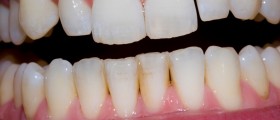
,-Don't-Ignore-Receding-Gums_f_280x120.jpg)
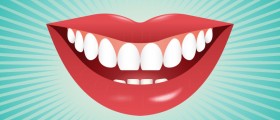
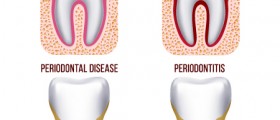
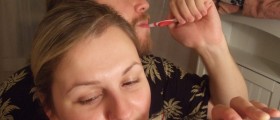

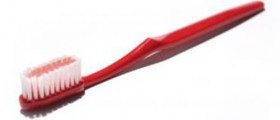

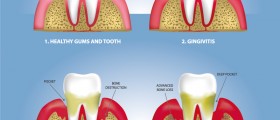

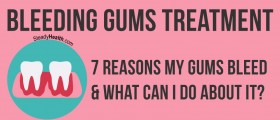
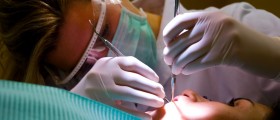


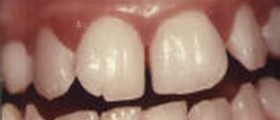
Your thoughts on this
Loading...